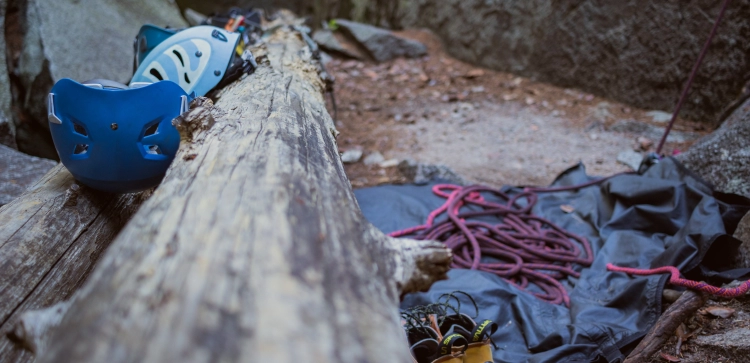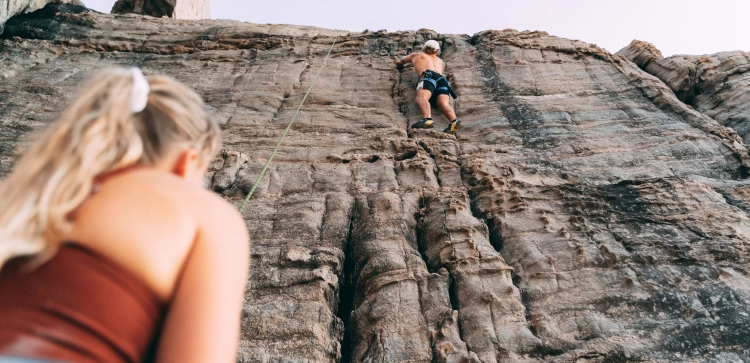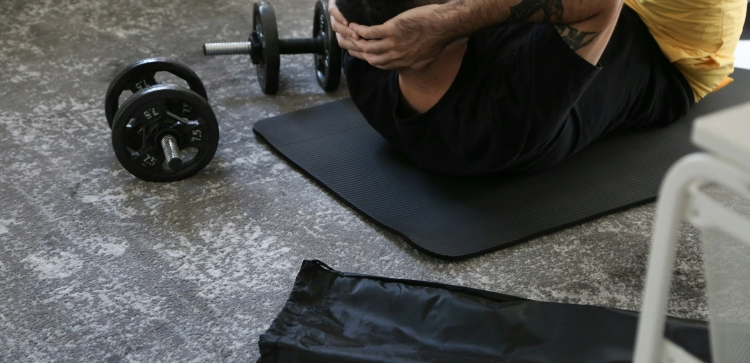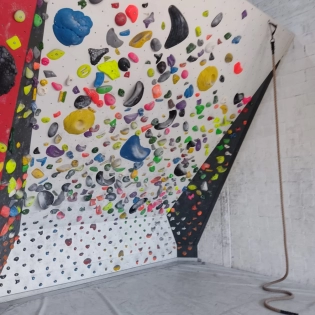Descending Safely: A Beginners Guide To Rappelling In Climbing

Climbing is a journey of ascension, an upward movement towards summits and peaks. However, what goes up must eventually come down, and this is where the art of rappelling comes into play. Rappelling, also known as abseiling, is more than just a descent; it's a controlled and calculated maneuver that allows climbers to gracefully navigate their way down. In this comprehensive guide, we will explore the intricacies of rappelling, delving into the mechanics, equipment, safety considerations, and the versatile techniques that make rappelling an indispensable skill in the climber's toolkit.
- Understanding Rappelling Mechanics
- The Dance With Gravity: Gravity-Powered Descent
- Navigating Friction: Dynamic Friction Control
- The Rope Systems: Single Or Double?
- The Equipment For A Safe Descent
- The Heart Of Descent: Rappel Device
- The Connection Point: Climbing Harness
- The Guardian: Climbing Helmet
- The Lifeline: Climbing Rope
- The Anchor System: Ensuring Stability
- Safety Considerations For A Smooth Descent
- The Pre-Rappel Ritual: Double-Check Systems
- Knots And Backups: Adding Redundancy
- Communication: The Climber's Dialogue
- Rope Management: A Tangled Tale
- Rappelling Techniques For Different Scenarios
- The Solo Descent: Single-Pitch Rappelling
- The Grand Descent: Multi-Pitch Rappelling
- The Swift Escape: Emergency Rappelling
- Conclusion: Embracing The Descent
Understanding Rappelling Mechanics
The Dance with Gravity: Gravity-Powered Descent
Rappelling is, at its core, a gravity-powered descent. The climber takes charge of their own movement, controlling the rate of descent using specialized equipment. This technique enables climbers to descend from heights efficiently and with control, providing a safe means of retreat or exploration.
Navigating Friction: Dynamic Friction Control
Controlling descent speed is a delicate dance with friction. Climbers manipulate the rope to create the right amount of resistance, ensuring a controlled and safe descent. Understanding and managing dynamic friction is crucial for a controlled descent, preventing rapid or uncontrolled lowering.
The Rope Systems: Single or Double?
Rappelling can be performed using either a single rope or a double rope system, each presenting its advantages based on the climbing situation. The choice of rope system depends on factors such as route complexity, rope length, and the need for redundancy in safety systems.
The Equipment for a Safe Descent
The Heart of Descent: Rappel Device
A rappel device is the climber's primary tool, a mechanical wonder that provides friction on the rope during descent. Choosing the appropriate rappel device is essential for controlling descent speed and ensuring safety. Common devices include the classic figure-eight, tube-style devices, and assisted-braking devices that enhance control.
The Connection Point: Climbing Harness
The harness serves as the connection point between the climber and the rappel system. A properly fitted and secured harness is critical for distributing the forces generated during rappelling across the climber's body, ensuring comfort and safety throughout the descent.
The Guardian: Climbing Helmet
Wearing a helmet during rappelling is not just a precaution; it's a necessity. A helmet provides protection for the climber's head from falling debris and potential impacts, adding a crucial layer of safety, especially in rocky or unpredictable terrain.
The Lifeline: Climbing Rope
The rope used for rappelling is not just any rope—it's dynamic and designed to absorb energy during falls. Climbers must choose an appropriate rope based on factors such as length, diameter, and the type of climbing (single or double). Dynamic ropes provide elasticity to reduce impact forces, enhancing safety.
The Anchor System: Ensuring Stability
An anchor system is the foundation of a rappel setup, securing the rope to the climbing surface and providing a stable point for descent. Anchors must be robust and properly set to withstand the forces exerted during rappelling, ensuring a secure and stable descent platform.
Safety Considerations for a Smooth Descent
The Pre-Rappel Ritual: Double-Check Systems
Before initiating a rappel, climbers must engage in a thorough pre-rappel check. This includes inspecting the harness, rappel device, anchor, and knots. A meticulous pre-rappel check minimizes the risk of equipment failure and ensures a safe descent.
Knots and Backups: Adding Redundancy
Tying secure knots and incorporating backup systems, such as a prusik hitch, adds redundancy to the rappel setup. Knots and backups act as safety measures in case of unexpected equipment failure, providing an additional layer of protection during the descent.
Communication: The Climber's Dialogue
Clear communication between climbers is crucial during rappelling, especially in multi-pitch situations. Effective communication ensures that both climbers are aware of each other's actions, reducing the risk of accidents or missteps during the descent.
Rope Management: A Tangled Tale
Proper rope management is not just about aesthetics; it's a safety imperative. Tangled ropes can lead to complications and pose safety hazards. Maintaining organized rope management is essential for a hassle-free rappel.
Rappelling Techniques for Different Scenarios
The Solo Descent: Single-Pitch Rappelling
Rappelling from a single-pitch climb involves descending from the top anchor to the base in one continuous descent. This technique is common in sport climbing and provides a straightforward descent method for single-pitch climbs.
The Grand Descent: Multi-Pitch Rappelling
Multi-pitch rappelling is a more intricate dance that involves descending from multiple pitches or sections of a climb. This technique is crucial for descending from longer routes where a single descent is not feasible.
The Swift Escape: Emergency Rappelling
Emergency rappelling may be necessary for descending quickly from a route due to unforeseen circumstances. Knowing how to perform emergency rappelling ensures climbers can respond effectively to changing conditions or emergencies.
Conclusion: Embracing the Descent
In the intricate tapestry of climbing, rappelling emerges as a vital thread that allows climbers to navigate the vertical landscape with finesse and control. Mastering the art of rappelling involves not only understanding the mechanics and using the right equipment but also embracing the safety considerations and techniques for different scenarios. Climbers equipped with these skills can confidently explore multi-pitch climbs, descend from summits, and gracefully navigate the descent, completing the full circle of the climbing journey.

















